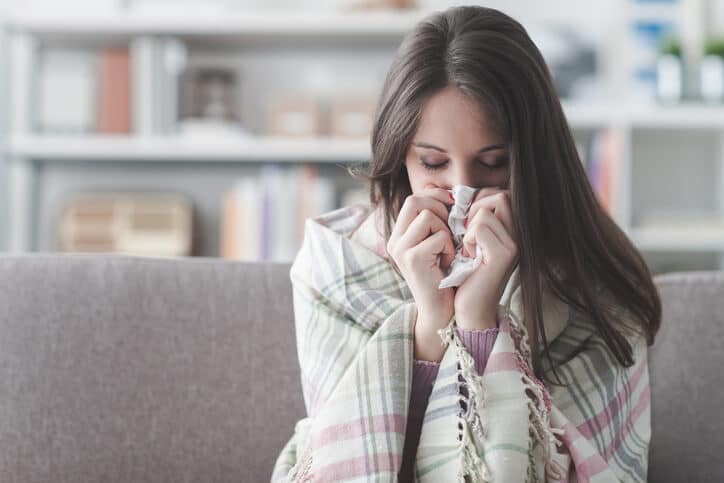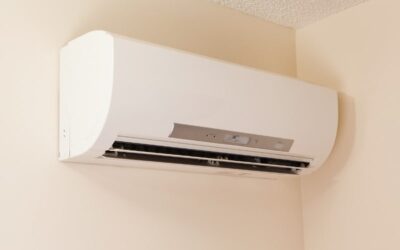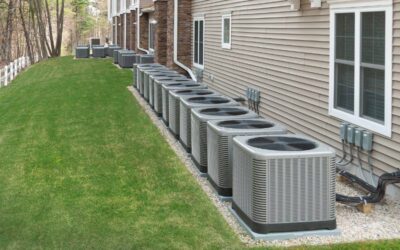For most, dust and pet dander isn’t that big of a deal, and the spring is the perfect time to admire flowering blossoms and green tree leaves. But when you suffer from allergies, eliminating airborne irritants can seem almost impossible, even in your own home. You’ve probably learned to deal with your allergies most of the time, but you shouldn’t have to struggle in the comfort of your home. One of the best ways to minimize the number of allergens in the air is to properly filter the air that is entering your HVAC system. For a more allergy-free home, take note of the following tips for keeping your HVAC system in good condition.
Regularly Replace Your Filter
If you have allergies, it’s important to keep your HVAC filter clean and free of allergens. You should check the filter every month or two and change it when it’s dirty. However, not all filters provide the same level of benefit. Filters are given a MERV rating to illustrate how effective they are in catching particles, and MERV ratings vary between 1 and 20. There are four different types of HVAC filters, but they may not always fit your current system, so take care when looking for replacement filters.
Flat Panel Filters
Flat panel filters are the most common type of filter, but they usually have a low MERV rating of 1 to 4. These types of filters only capture large particulates. The smaller allergy causing particulates are so small they are not captured by this type of filtration.
Medium Efficiency Filters
To create more surface area to catch pollutants, these filters have an accordion sort of appearance with a MERV rating between 5 and 13. A 50-55% particulate capture rate can be expected.
High Efficiency Filters
These filters can catch around 85% of particles and have a MERV rating of 14 to 16. This type of filter is extremely helpful in the battle against allergies.
HEPA Filters
HEPA, or high-efficiency particulate air, filters are the very best when it comes to catching particulates. They catch a whopping 99.97% of all particulates. Now that is CLEAN air!
Install a Dehumidifier
When your home is too humid, the moist environment can encourage mold growth and happily sustain cockroaches and dust mites. You probably don’t want these things in your home to begin with, but if you’re allergic to dust mites, cockroach droppings, or mold spores, your sinuses are going to feel it. If you live in a humid area, get a dehumidifier to reduce the moisture levels of your home and discourage unwanted pests from invading your property. The optimum humidity level is 40%, allowing a comfortable environment while reducing mold spores, cockroaches and dust mites.
Run the Air Conditioner
When you can use the air conditioner, turn it on. This may not always be the best solution in the winter, but the air conditioner can also dehumidify your home while filtering particles from the air. And creating a dry, cold environment can keep mold, cockroaches, and dust mites at a minimum. For the best results, be sure your air conditioner is properly cleaned on a regular basis. Change the air filter as often as previously directed, and have a professional service clean the air conditioning system once a year.
Talk to a Professional
Your home may be filled with allergens that make it difficult for you to feel comfortable in your own residence. Fight your allergies by keeping your HVAC system clean and by installing additional devices for cleaner, drier air. Contact an HVAC expert like Cape Fear Air, Electric, & Plumbing for quality maintenance, service, and installation services. And if you have continual issues with allergies, they’ll be able to pinpoint the problem and offer the most effective solutions. Remember, “Call Today, Service Today!” THAT, is Cape Fear Air, Electric, & Plumbing!




